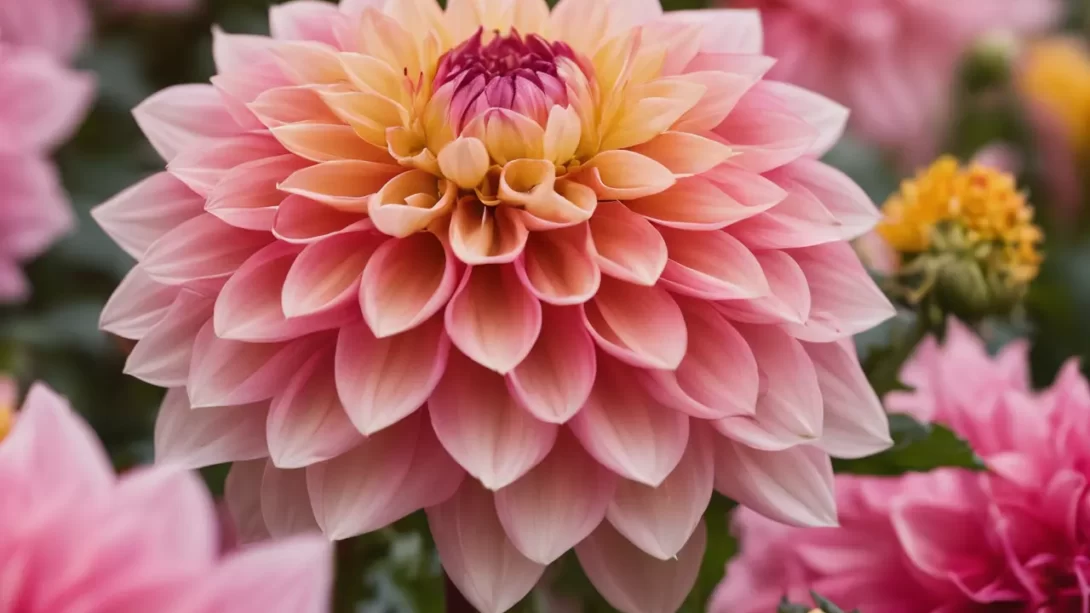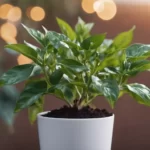Dahlias, with their vibrant colors and stunning blooms, are a favorite among gardeners and flower enthusiasts. Cutting dahlias not only enhances the beauty of a garden but also encourages more blooms. Proper cutting techniques are essential to maintain the health of the plant and the longevity of the cut flowers. This article provides a comprehensive guide on how to correctly cut dahlias, ensuring that these beautiful flowers can be enjoyed both in the garden and as part of floral arrangements.
Understanding Dahlia Plants
Before cutting dahlias, it’s important to understand their varieties and growth patterns:
- Varieties and Growth Patterns: Dahlias come in a wide range of varieties, each with unique characteristics such as flower size, color, and plant height. Understanding these differences is key to knowing when and how to cut them.
- Typical Growth Patterns and Flowering Times: Dahlias generally bloom from midsummer until the first frost, with their peak blooming period in late summer. Recognizing the growth and blooming patterns of dahlias aids in planning the best time for cutting.
Preparing to Cut Dahlias
Proper preparation is crucial for successful dahlia cutting:
- Best Time for Cutting: The ideal time to cut dahlias is in the morning or late afternoon when the plants are well-hydrated. It’s best to cut flowers that are almost fully open, as they will continue to open after cutting.
- Tools Required: Clean, sharp tools are essential for cutting. Suitable tools include gardening scissors or pruning shears. Sharp tools ensure a clean cut, which is less damaging to the plant and better for the longevity of the cut flowers.
Step-by-Step Guide to Cutting Dahlias
Cutting dahlias correctly is key to the health of the plant and the longevity of the flowers:
- Selecting the Right Stems: Choose stems with flowers that are almost fully open. Look for stems that are strong and healthy, avoiding those that are weak or diseased.
- Cutting Technique:
- Use your clean, sharp scissors or pruning shears.
- Make a clean cut at an angle, about ¼ inch above a set of leaf nodes. This encourages new growth.
- The ideal stem length for cut dahlias is about 12-18 inches, depending on the variety and the intended use.
- Post-Cut Stem Treatment:
- Immediately after cutting, place the stems in a bucket of lukewarm water.
- This quick transfer helps the flowers to last longer and prevents air bubbles from blocking the stems’ water uptake.
Post-Cutting Plant Care
Proper care of the dahlia plant after cutting ensures continued health and flowering:
- Caring for the Remaining Plant:
- Regularly water and fertilize the plant to promote growth.
- Deadhead spent blooms and prune as needed to encourage more flowers.
- Disease and Pest Prevention:
- Regularly inspect the plant for signs of disease or pests.
- Implement appropriate treatments promptly to prevent spread and damage.
Using Cut Dahlias
Once cut, dahlias can be used to create stunning arrangements or as single-stem displays:
- Arranging Dahlias in Vases:
- Before arranging, re-cut the stems underwater to the desired length.
- Remove any leaves that will be below the water line to prevent rotting.
- Arrange in a clean vase with fresh water, considering color and height for a balanced display.
- Storage and Preservation:
- To prolong the life of cut dahlias, keep them in a cool, non-sunny location.
- Change the water every two days and re-cut the stems to enhance water absorption.
- For extended storage, dahlias can be kept in a refrigerator, away from fruits and vegetables that emit ethylene gas.
Conclusion
Proper cutting and care of dahlias not only improve the health and appearance of the plants but also enhance the beauty and longevity of the cut flowers. By following these guidelines, gardeners and floral enthusiasts can enjoy the splendor of dahlias in their gardens and homes. Remember, regular care and attention to detail are key to sustaining the vibrant life of these magnificent blooms.



